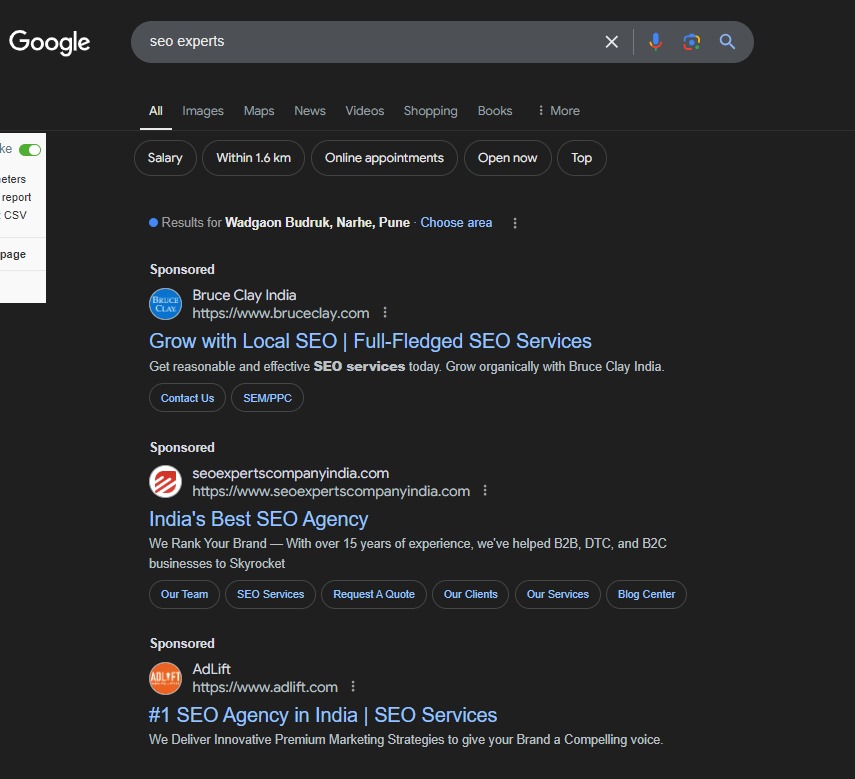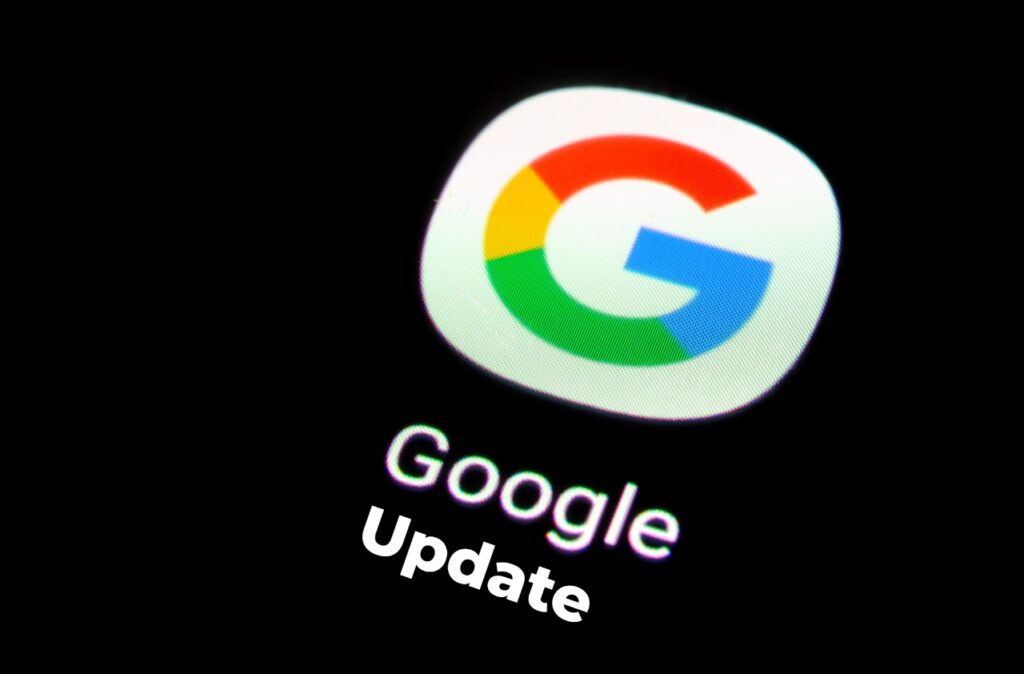Table of Contents
ToggleIn recent times, Google Search has lost its charm for many users. Once known for giving quick and reliable answers, it now often feels frustrating. With too many ads, misleading links, and less helpful information, many people are wondering what happened. Let us examine the primary causes of this disturbing trend.
1. Ads Are Taking Over
When you search for something on Google, you may notice that ads often appear at the top of the page. For example, if you type in “SEO experts,” you might see four or more ads before you find any useful content. This can make users feel overwhelmed and tricked, as ads now seem more important than real answers. In fact, 45% of users say they feel frustrated by the number of ads when they search.
2. Harder to Find Real Answers
Because ads take up so much space, users have to scroll down to find genuine information. Many important results are pushed far down the page. Instead of seeing helpful links right away, people are met with ads that don’t answer their questions.
For instance, if you’re looking to buy a product, you might see shopping ads instead of honest reviews. This not only takes up more room but also makes it harder for users to find trustworthy recommendations.
3. Search Results Are Being Manipulated
There is a growing concern that Google is intentionally making real search results harder to find to encourage clicks on paid ads. Users often stumble upon old or unrelated content when searching for specific products, which creates frustration and confusion. This leads to a cycle where people feel forced to click on ads just to find the information they need, making it seem like genuine results are being ignored.
4. Problems with SEO Techniques
The rise of search engine optimization (SEO) is another reason for the clutter in search results. Many businesses are focused on getting to the top of Google’s rankings, which often leads to tricky tactics like using too many keywords or creating misleading articles. This results in a lot of low-quality content that doesn’t help users at all.
Even well-known brands sometimes use these tricks, leading to a web filled with similar and shallow articles. As a result, it becomes increasingly hard for users to find meaningful information, forcing them to sift through irrelevant content.
5. The Role of Affiliate Marketing
Affiliate marketing makes Google search results even more confusing. Many websites create content mainly to earn money from affiliate links, rather than to provide useful information. This can lead to suggestions for products that aren’t the best choices because rankings are based more on profit than on quality.
Studies show that 57% of product review websites use affiliate links, making it tough for users to find helpful information. Searching for the best products can feel overwhelming, with too many ads instead of real advice.
6. Slow Changes from Google
Despite these growing concerns, Google has been slow to respond. Rather than improving the user experience, updates often focus on resolving bugs. This can lead to helpful websites getting pushed down in rankings, while those using aggressive SEO strategies move up.
Additionally, Google sometimes highlights its own services, which can result in outdated or incorrect information being displayed. Users looking for quick facts may end up being misled, further weakening their trust in the search engine.
Conclusion: A Need for Improvement
As Google Search continues to change, users face a platform that seems to favor ads and affiliate marketing over quality information. It’s more important than ever to find clear, trustworthy results. If Google wants to regain its reputation as a helpful search engine, it must prioritize providing quality content and improving the user experience.







